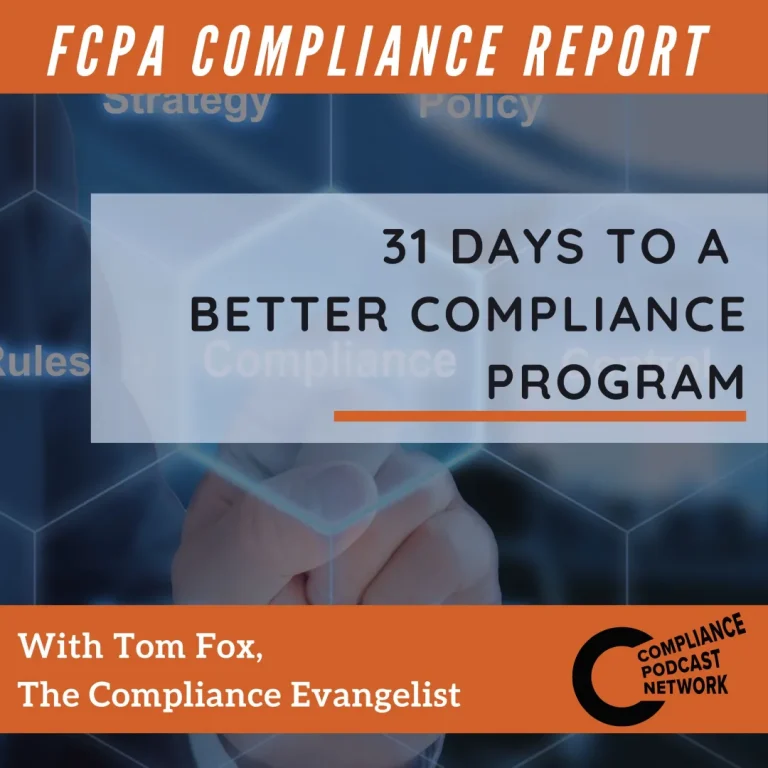How can you integrate compliance, risk management, and your security framework? Igor Volovich, Vice President, Compliance Strategy at Qmulos, introduced the innovative concept to this discussion: Converged Continuous Compliance. This approach aims to reunite compliance, security, and risk management, which have historically operated independently.
One of the key requirements impacting this new approach is the need to bridge the gap between these functions from both a data and human perspective. These concepts serve as a translator, helping organizations navigate the complex landscape of compliance, security, and risk management. By speaking the language of these three functions, Converged Continuous Compliance brings them together and facilitates collaboration.
Corporate compliance needs to promote new approaches to compliance and risk management by challenging misconceptions, reuniting compliance, security, and risk management, emphasizing data governance oversight, and advocating for automation. These approaches aim to enhance efficiency, increase trust in compliance reports, and ultimately drive a greater return on investment. As organizations navigate the ever-evolving landscape of compliance, it is crucial to consider the impact of new approaches and strike a balance between different factors to achieve effective compliance and risk management.
Three key takeaways:
- The DOJ has stated that a chief compliance officer and a corporate compliance function must have visibility across all data sets in an organization. Converged Continuous Compliance aligns with this message.
- The bottom line is that we have accepted certain models of how compliance is done, what compliance means, what it delivers to the enterprise, and what it fails to deliver to the enterprise.
- It is crucial to consider the impact of new approaches and strike a balance between different factors to achieve effective compliance and risk management.
For more information on KonaAI, click here.



